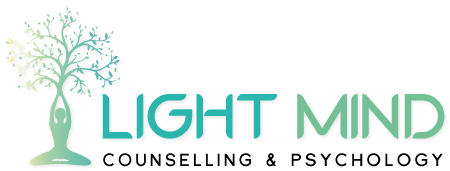Family violence inflicts deep, invisible wounds, reaching beyond the physical to etch lasting scars on the psyche and soul. Navigating the aftermath of such trauma can feel like scaling insurmountable peaks, yet within this journey lies the potential for profound healing and restoration. In this exploration, we unveil the transformative power of Eye Movement Desensitisation and Reprocessing (EMDR) therapy in guiding individuals towards reclaiming their sense of safety and well-being after experiencing family violence.
Understanding the Impact of Family Violence
Family violence isn’t just an isolated incident; it’s a seismic rupture that fractures the bedrock of trust, security, and emotional stability. Its reverberations ripple through every facet of an individual’s life, leaving behind a tapestry of trauma, anxiety, and depression. Recognising the intricate and enduring consequences of family violence is paramount to acknowledging the necessity for effective therapeutic interventions.

What is EMDR therapy?
Eye Movement Desensitisation and Reprocessing (EMDR) therapy stands as a beacon of hope in the landscape of trauma treatment. Crafted by Dr. Francine Shapiro in the late 1980s, EMDR has emerged as a proven, evidence-based modality for addressing trauma in its many forms. Rooted in a structured approach integrating bilateral stimulation—often through eye movements—EMDR therapy facilitates the processing of traumatic memories, easing distressing symptoms, and nurturing adaptive coping mechanisms.
The Role of EMDR Therapy in Healing After Family Violence:
EMDR therapy isn’t merely a therapeutic intervention; it’s a catalyst for profound transformation. By honing in on the traumatic memories entwined with family violence and guiding their integration, EMDR therapy empowers individuals to rewrite their narratives, diminishing the grip of distressing emotions and fostering resilience. Robust research underscores its efficacy in alleviating symptoms of post-traumatic stress disorder (PTSD), anxiety, and depression among survivors of family violence.

How EMDR Therapy Works:
In the sanctuary of EMDR therapy sessions, individuals embark on a journey of remembrance and reprocessing under the gentle guidance of a trained therapist. Through bilateral stimulation—be it through tracking hand movements or auditory cues—the brain embarks on a voyage of adaptive resolution, gradually desensitising to traumatic memories and recalibrating emotional responses.
Benefits of EMDR Therapy:
The fruits of EMDR therapy extend far beyond symptom alleviation, heralding a dawn of profound transformation. By confronting the core trauma of family violence, EMDR therapy bestows upon individuals newfound perspectives, heightened self-awareness, and enhanced emotional regulation. Its efficacy traverses demographic boundaries, offering solace and healing to children, adolescents, adults, and the elderly alike.
Conclusion:
Though family violence may cast a shadow over the soul, the journey towards healing is not one walked alone. In the wake of trauma, it is imperative to seek therapeutic interventions that offer not just solace but the promise of restoration. EMDR therapy emerges as a beacon of light amidst the darkness, offering a path towards healing, resilience, and the reclamation of one’s narrative. If you or someone you know is grappling with the aftermath of family violence, consider embarking on the transformative journey with EMDR therapy. At Light Mind Counselling & Psychology in Melbourne, our compassionate therapists, including Harshani Algiriya, stand ready to walk alongside you, offering support and guidance as you navigate the path towards healing and recovery. Contact us today to embark on your journey of healing and reclaiming your life after family violence. Your path to healing begins here.
Book an appointment

